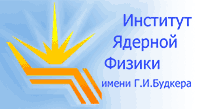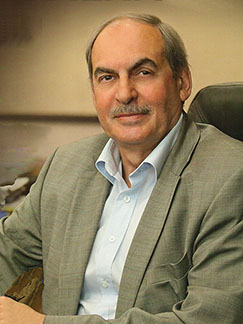
 |
ПОЗДРАВЛЯЕМ С УСПЕХОМ!На сверхпроводящем ускорителе Европейского лазера на свободных электронах (XFEL) в Гамбурге - достигнута проектная энергия ускоренных электронов 17.5 ГэВ |

|

|

|

|

|


|
||||||

 |
ПОЗДРАВЛЯЕМ С УСПЕХОМ!На сверхпроводящем ускорителе Европейского лазера на свободных электронах (XFEL) в Гамбурге - достигнута проектная энергия ускоренных электронов 17.5 ГэВ |

|

|

|

|

|


|
||||||
Dear Colleagues of the European XFEL Accelerator Consortium Board,
it is a pleasure to inform you that yesterday, 12.07.2018 at 18:00, the superconducting accelerator of the European XFEL has for the first time accelerated electrons up to its design energy of 17.5 GeV (see attached the screen-shot of the public status display).
This is a great achievement of all members of the Accelerator Consortium and we would like to thank you once again for the successful collaboration.
Reaching this important milestone was possible after the fast and successful commissioning of the last 8 superconducting modules. With this all 96 installed modules are now in operation in the linac. In the future the team will work on further optimizing the module performance to ensure stable operation at highest linac energies. User operation will continue at about 14 GeV as planned.
Best regards,
Hans and Winni
Российское участие в проекте в соответствии с Постановлением Правительства РФ координирует НИЦ «Курчатовский институт», кроме которого в проекте участвуют ИЯФ СО РАН, Новосибирск; ИЯИ РАН, Москва; НИИЭФА, С.-Петербург и ОИЯИ, Дубна.
Директор ИЯИ РАН, член-корр. РАН,
Председатель Комитета по вкладу стран-участниц проекта XFEL (IKRC),
член Консультативного Комитета по ускорителю XFEL (MAC),
 Леонид Владимирович КРАВЧУК
Леонид Владимирович КРАВЧУК
The superconducting particle accelerator of the European XFEL was built over the last seven years through an international consortium, under the leadership of DESY, composed of the following research institutes: CEA and CNRS in France; INFN in Italy; IFJ-PAN, NCBJ, and the Wroclaw University of Technology in Poland; the Budker Institute, Institute for High Energy Physics, Institute for Nuclear Research, and NIIEFA in Russia; CIEMAT and Universidad Politecnica de Madrid in Spain; the Manne Siegbahn Laboratory, Stockholm University, and Uppsala University in Sweden; and the Paul Scherrer Institute in Switzerland.